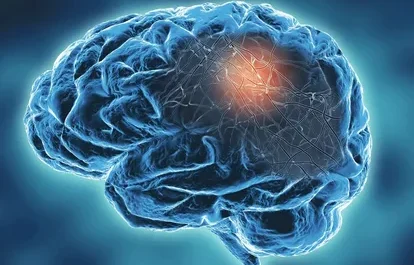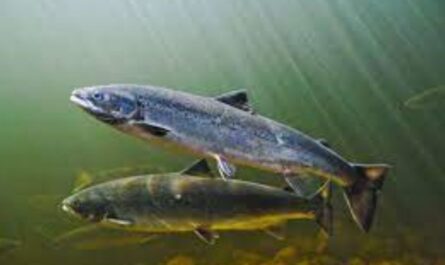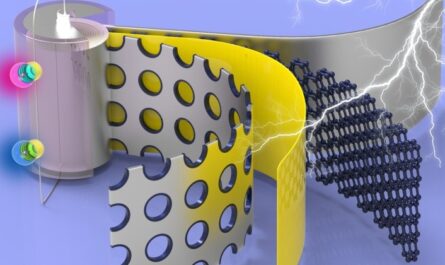Barley awns, which are bristle-like extensions on grass crops like wheat and barley, play a crucial role in protecting the plants and aiding in seed dispersal. The barbs on the surface of these awns are particularly important for their function. While the genetic basis of barb formation has been studied using genome-wide association and genetic mapping, analyzing the detailed morphology of these small and variable structures has been a challenge. Although methods like scanning electron microscopy provide detailed visualization, they lack the automation necessary for high-throughput analysis. Therefore, there is a need for advanced automatic image processing algorithms, especially deep learning-based methods, to accurately segment and analyze the complex morphology of barbs, enabling a better understanding and cultivation of cereal crops.
Recently, a research article titled “Awn Image Analysis and Phenotyping Using BarbNet” was published in Plant Phenomics in August 2023. The article introduces BarbNet, a specialized deep learning model developed by researchers for the automated detection and phenotyping of barbs in microscopic images of awns.
To train and validate BarbNet, the researchers used 348 images, which were divided into training and validation subsets. These images represented diverse awn phenotypes with varying barb sizes and densities. The performance of the model was assessed using metrics such as binary cross-entropy loss and the Dice Coefficient (DC). Over 75 epochs, significant improvement was observed, with a peak validation DC of 0.91.
The researchers further refined the U-net architecture to create the final BarbNet model. They introduced modifications such as batch normalization, exclusion of dropout layers, increased kernel size, and adjustments in model depth. The BarbNet model outperformed both the original and other modified U-net models in barb segmentation tasks, achieving an accuracy rate of over 90% on unseen images.
To validate BarbNet’s accuracy, a comparative analysis was conducted between the automated segmentation results and manual (ground truth) data. The analysis revealed a high level of conformity (86%) between BarbNet predictions and manual annotations, particularly in predicting barb count. Additionally, the researchers explored genotypic-phenotypic classification, focusing on four major awn phenotypes linked to two genes controlling barb density and size. By using features derived from BarbNet-segmented images, they achieved accurate clustering of phenotypes, reflecting the corresponding genotypes.
The study concludes that BarbNet is a highly efficient model, with a 90% accuracy rate in detecting various awn phenotypes. However, challenges remain in detecting tiny barbs and differentiating densely packed barbs. The research team suggests expanding the training set and exploring alternative CNN models for further improvements.
In summary, the development of BarbNet represents a significant advancement in automated plant phenotyping, particularly for the detection of small organs like barbs. It offers a robust tool for researchers in the field, enabling them to accurately analyze and understand the morphology of barbs in cereal crops. This has potential applications in the automation of barley awn sorting, further enhancing the efficiency of crop cultivation processes.
*Note:
1. Source: Coherent Market Insights, Public sources, Desk research
2. We have leveraged AI tools to mine information and compile it




